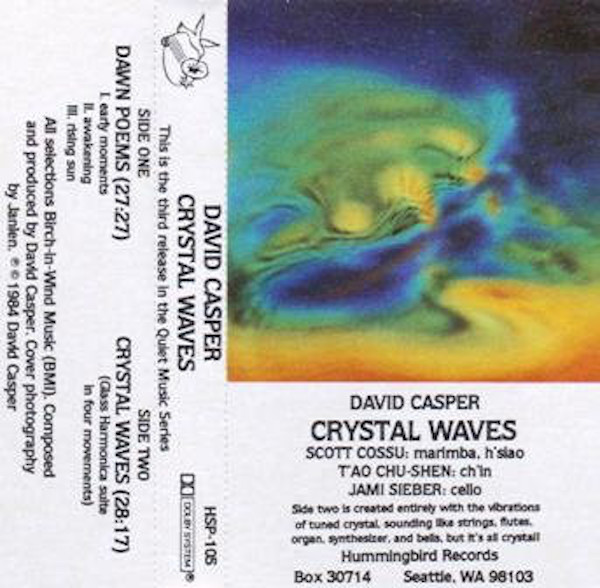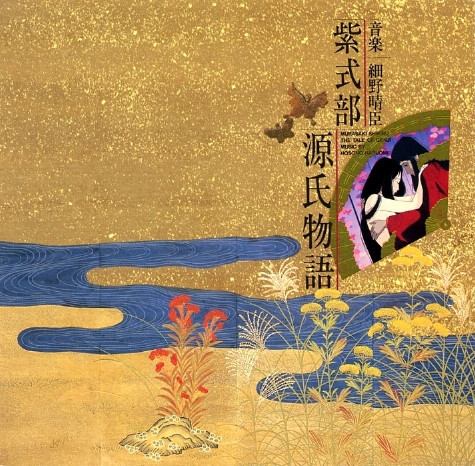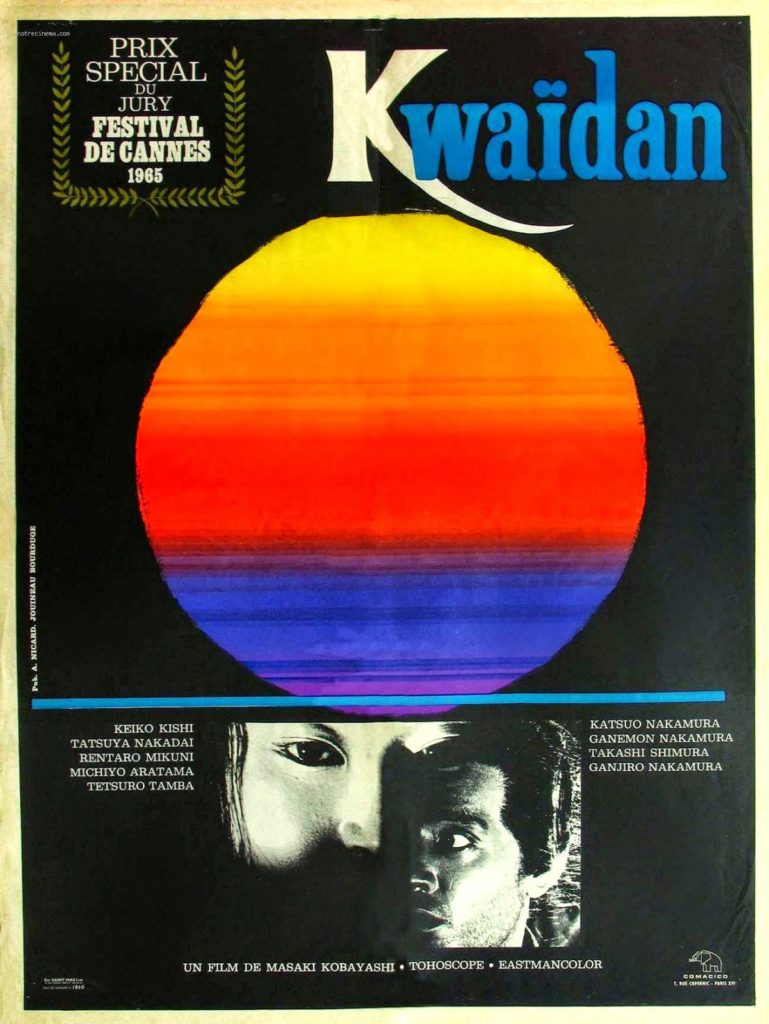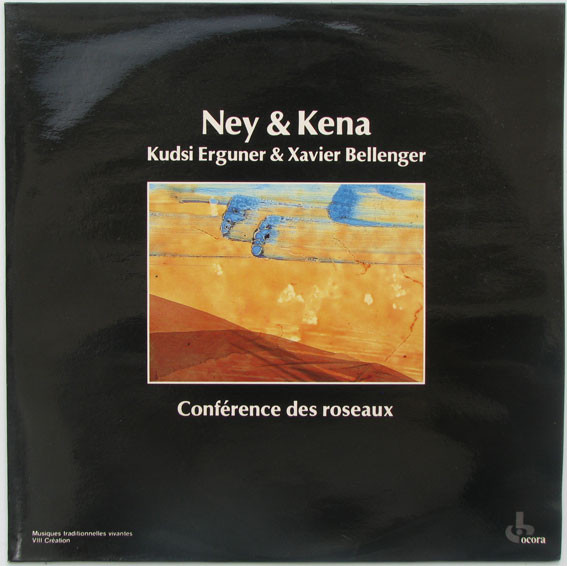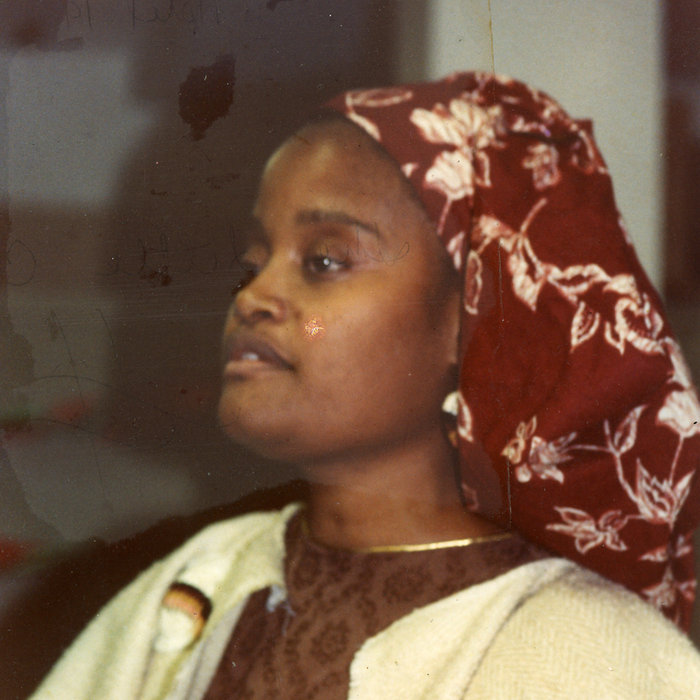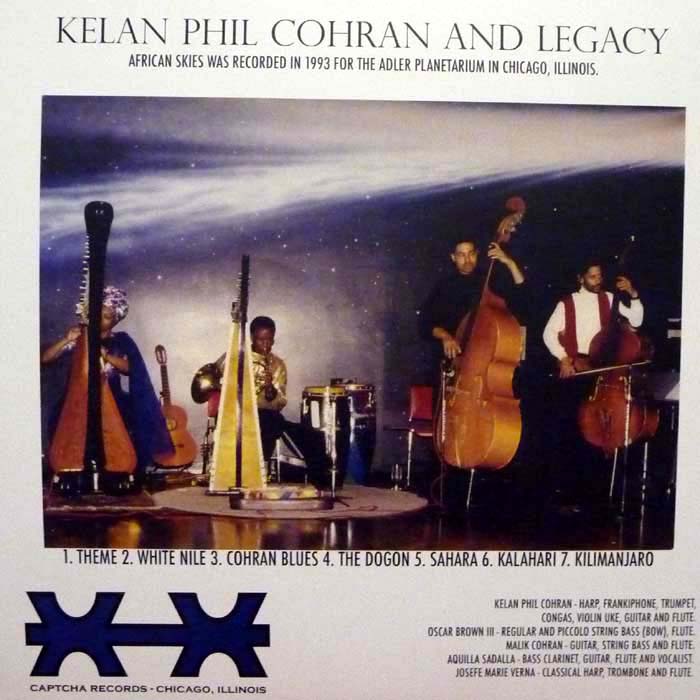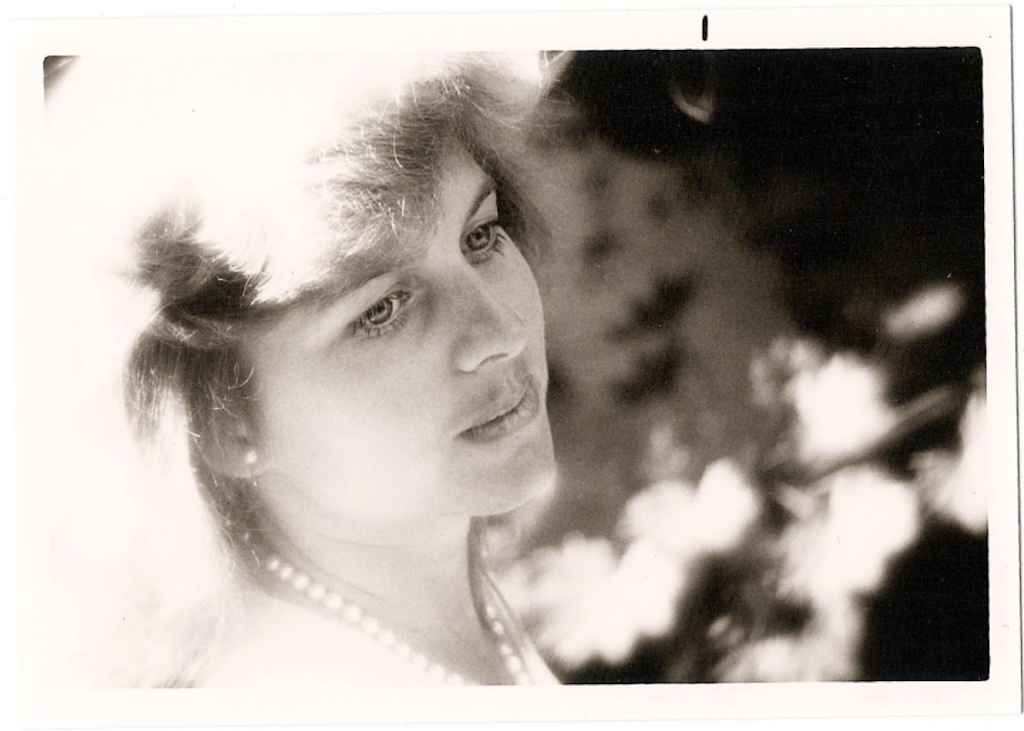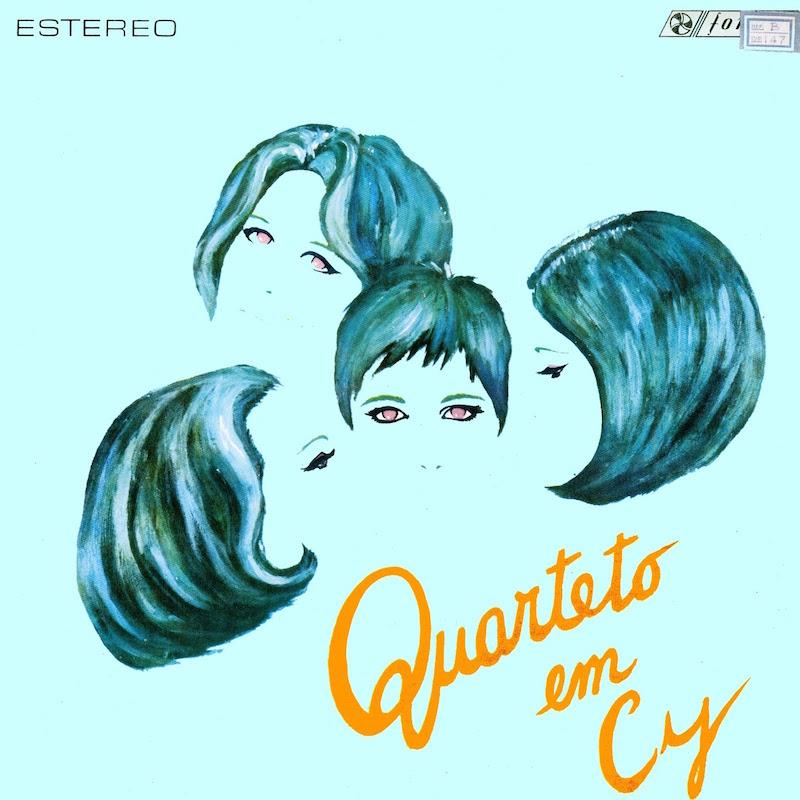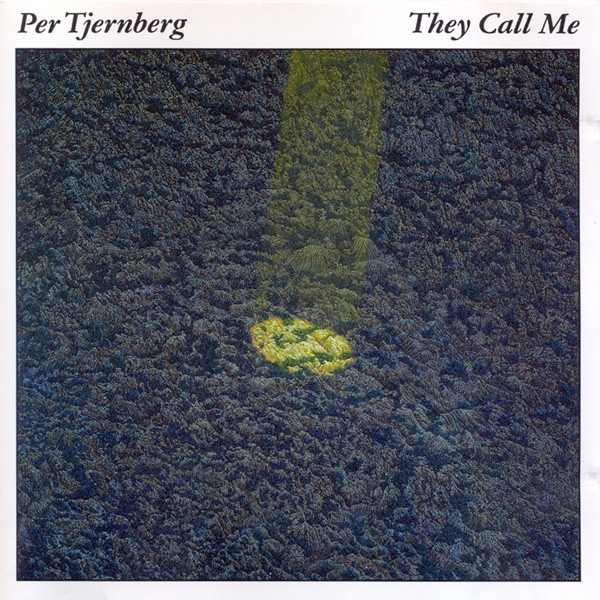
An ambitious and highly effective combustion of ambient jazz and a slew of musical traditions, whirlwinded together with dizzying, almost violent enthusiasm by Swedish jazz percussionist Per Tjernberg. Gamelan textures, Indian tabla, Aboriginal didgeridoo, Gabonese and Cameroonian sanza and mbira humming, Japanese strings, African flute, oud, and drums from too many countries to name.
While writing this post I realized that Tjernberg is also responsible for this reggae-pop treat (released under the wink-wink pseudonym Per Cussion) that I’ve had in my “tracks to do things with” pile for years. That he succeeds at such wildly different efforts (which are equally unabashed in their proclivity towards cultural borrowing, or, you know, appropriation; call it what you will) is a testament not just to his musicianship (though They Call Me is his first release under his own name, he was already well-seasoned in other projects) but to the grace with which he applies textures outside of their traditional contexts and shapes them into landscapes that sound simultaneously very terrestrial and slightly alien. (Relatedly, he’s also touted as the first Swede to make a rap record, which he did with the aid of American rappers, and about which I have nothing to say other than that I like the kalimba.)
There is, as you might expect, a lot going on here, but They Call Me shifts comfortably between wild freeform jazz and more subdued textural motifs, and I (predictably) think its strongest moments are when it leans into the latter mode. The title track, as well as “Didn’t You Know…Didn’t You Know” (previewed below) are very high highs. The closing track, “This Earth: Prayer,” is stunning in scope, managing to do so much with what is, for much of the song, just a didgeridoo, a lone brass instrument, and some light percussion. It evokes whales and also something even more cosmic, and I’m reminded strongly of Deep Listening every time I hear it. I don’t know that this record is for everyone, but if it’s for you, it’s definitely for you.
